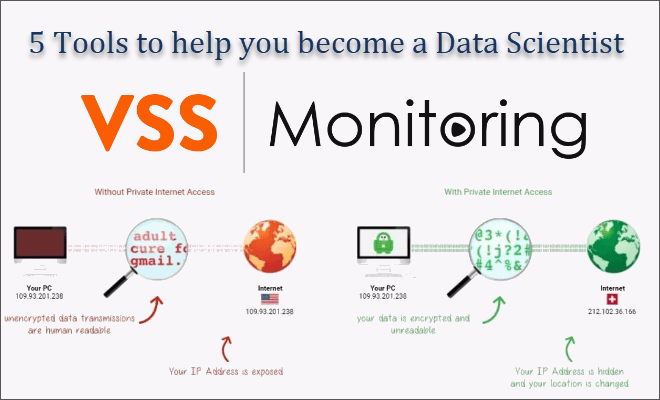Data Science is an emerging field. With the amount of firms recruiting data scientists increasing with each passing year, it only makes sense that more and more people are looking to find a footing in this field. Data Science is an interdisciplinary field, which requires a wide variety of skills, including mathematics, statistics, machine learning, programming, problem-solving skills, etc. And if you are one who wants to become a Data Scientist then preparing for the data structures interview questions based on tools is important.
To become a professional in this field, you need to have the following skills:
- Machine learning: Knowledge regarding machine learning algorithms, including supervised and unsupervised algorithms, is an essential and requisite skill for Data Science Course. Not only should you know the theory behind it, but you must also know how to implement it in code.
- Mathematics and statistics: At the core of machine learning algorithms lie mathematics and statistical concepts. Knowledge of these is essential if you want to apply algorithms to real-world problems.
- Programming: Whether it is R or Python, you need to have programming skills as well as knowledge of data structures, OOP (Object Oriented Programming), etc. In addition to this, you need to learn data wrangling and data cleaning skills before implementing an algorithm to the data.
- Cloud Computing: Big Data Analytics requires the use of cloud computing. Although this is an advanced skill, many Data Scientist jobs require this skill.
Software required for Data Science
If you are planning for a career in Data Science, the following tools should help you start with this:
Tableau
Tableau is a popular tool for data visualization, which provides insights. Software, such as Tableau, is often used in business analytics. In a business setting, Tableau is used as a reporting tool as well. For visualizations, you can use customized charts and dashboards to serve your purpose. The software takes data from spreadsheets and databases. One of its essential features includes processing and visualizing geographical data. If you want to use Tableau for free, you can use Tableau Public. To learn how to use this software, you do not require a technical background or knowledge of a programming language. Hence if you are starting in data visualizations, Tableau is a good place to start. You can still browse through other examples of database applications before making the final decision.
Python
Python is an open-source programming language for machine learning, computer vision, signal processing, and other applications. Python packages such as Numpy, Pandas, Scikit, Django, and others are essential for running machine learning algorithms. These packages are for handling, cleaning, processing, and visualizing data. For visualizing data in Python, you must also know the matplotlib library available in Python.
There are various platforms for Python programming. Anaconda is open-source software, which provides a console for programming. In addition to this, you can launch Jupyter Notebooks to write code in Python, R, and Julia. You can make detailed notes and documentation in this. Jupyter Notebooks is open-source as well. Platforms, such as Kaggle, also use Python in their data science competitions.
One of the reasons why Python is popular in data science is because it is open-source. Secondly, the software provides integration with other software as well. Moreover, it has a large community that offers comprehensive documentation.
If you are a beginner, websites such as Codeacademy and Data Camp offer introductory courses on Python and data science.
MATLAB
Although MATLAB is a popular tool for students, it is also often used by data science professionals. The software is excellent for visualizations. However, the software has its limitations and cannot handle a large volume of data.
Combined with the potential of SIMULINK, MATLAB offers design and simulation for various electrical circuits, control systems, and mechanical components. Moreover, MATLAB is a powerful tool for signal and image processing. However, unlike Python and other platforms, you need to purchase MATLAB software. If you are a student, you can get it for a trial version and at a discounted price.
Excel
Excel tabulates the data and allows you to monitor it on a granular level. It offers features, such as filters, formulae, sorting, conditional formatting, charts, slicers, what-if analysis, and others.
One of the most powerful features of Excel is the pivot table. It allows you to filter and extract data from a large data set. The software offers limited capabilities for analyzing and manipulating data. However, despite its data-wrangling capabilities, it does not provide extensive features for data processing and predicting outcomes. For data scientists, Excel is an essential tool for data cleaning.
TensorFlow
TensorFlow is also open-source and requires a basic understanding of programming. The platform is essential for Deep Learning, Neural Networks, and other advanced machine learning algorithms. TensorFlow uses multi-dimensional arrays. It is a powerful tool for speech and image recognition. One of the reasons why TensorFlow is becoming popular is because of its comprehensive libraries and community.
Conclusion
The tools given above are some of the most common tools used in the data science industry. These tools require a basic knowledge of mathematics, statistics, and programming.




